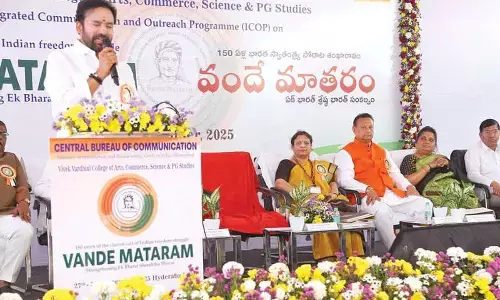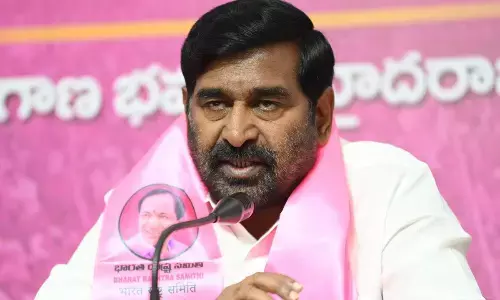Powering India’s competitiveness

The first of these is to do with performance of the coal sector and allocation of coal blocks. The second is about the focus on renewable energy and the benefits that can accrue to India.
Recent developments within the power sector merit attention.
The first of these is to do with performance of the coal sector and allocation of coal blocks. The second is about the focus on renewable energy and the benefits that can accrue to India. A third and a related point is about the structure of power institutions in the country and reasons why distribution companies (discoms) in particular and the power sector, in general, have under-performed.
Also, what can be done to enhance its performance? All the three points are crucial to being understood if India is to enhance the competitiveness of its industry and the well-being of its people.
It is interesting to look at this juncture at the dynamics of the coal sector. At present, the annual production of coal is close to 56 crore tonnes, according to the coal ministry. At the global level, this is just behind China (356 crore tonnes) and the US (90 crore tonnes), according to the estimates for 2013 by the World Coal Association. The government plans to increase the production to 100 crore tones a year by 2020.
Another major development recently was in the renewable energy space when the NITI Aayog came up with its first report titled “India's Renewable Electricity Roadmap 2030 - Toward Accelerated Renewable Electricity Deployment”.
The report and its findings find much more relevance in the present ambitious scenario set by the new government. For both wind and solar energy, targets have been increased from 20 GW of solar power (by 2022) to 100 GW (by 2019) and from an additional 15 GW of wind power (during 2012-17) to an additional 40 GW (by 2019). Both these found mention in Finance Minister Arun Jaitley's budget speech. Other recommendations included: support mechanisms for compliance and timely implementation of renewable energy; and RE grid integration and more efficient grid operation.
These recommendations are apt considering that in spite of various reforms, renewable energy in India's energy mix is still lesser than 15 percent of the total production.
Another issue in the power sector is the structure of power institutions and low realisations, particularly by the discoms. The combined losses to the sector, according to a recent World Bank report are close to Rs.350 billion ($5.5 billion). To put that number in perspective, it's 5 per cent of India's GDP. These statistics show the fragile nature of the sector.
The sector, as a whole at present, needs reforms in structure and accountability from state institutions, which the central ministry seems keen on.
These recent developments seem to be beneficial to India's long-term growth and competitiveness especially the good news on coal auctions. More such happenings in the economy will help India revive growth and get back on track to fulfill the promise that the present government had made to the people before assuming power - 24X7 power for all.
By: Amit Kapoor



















